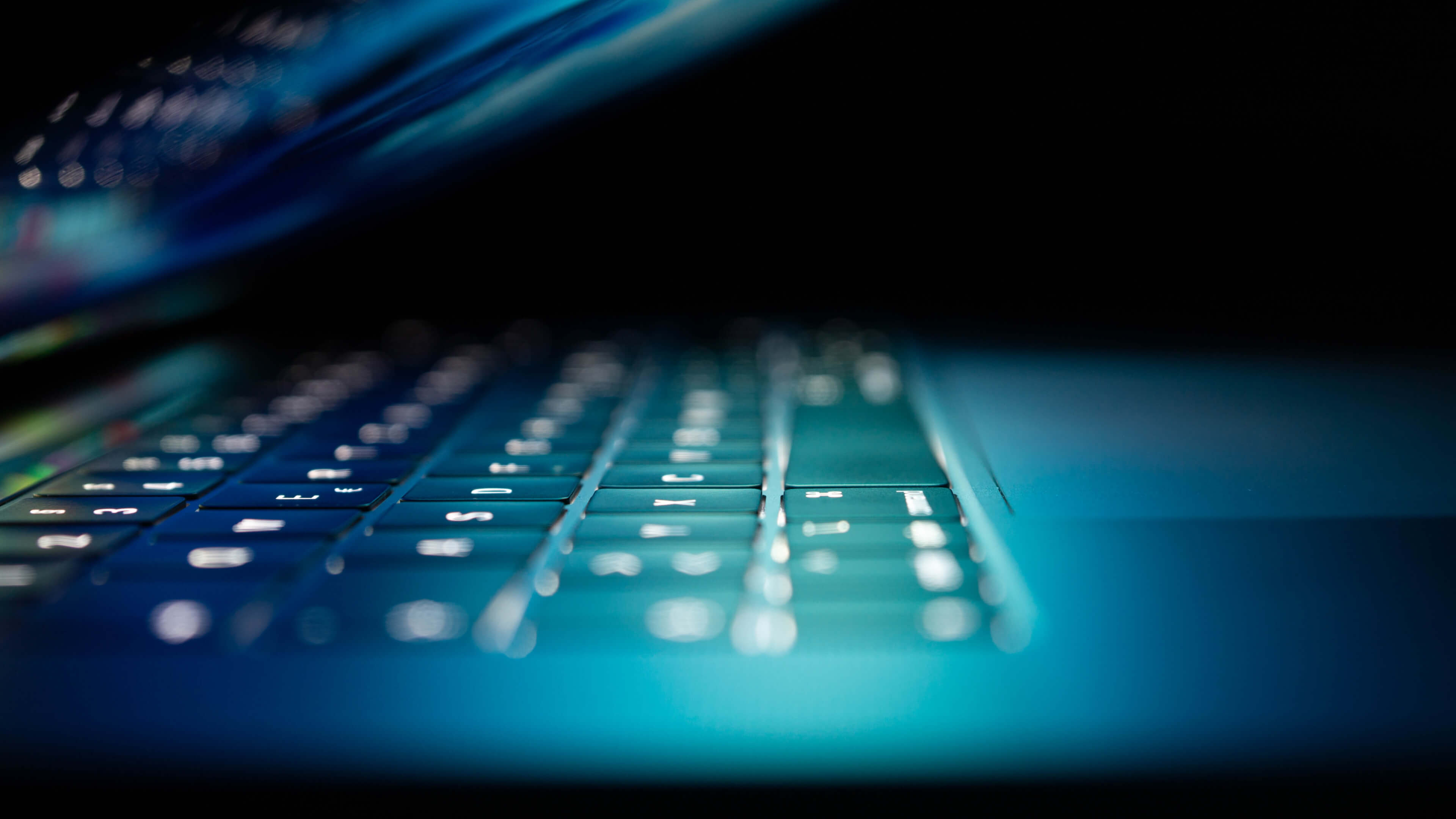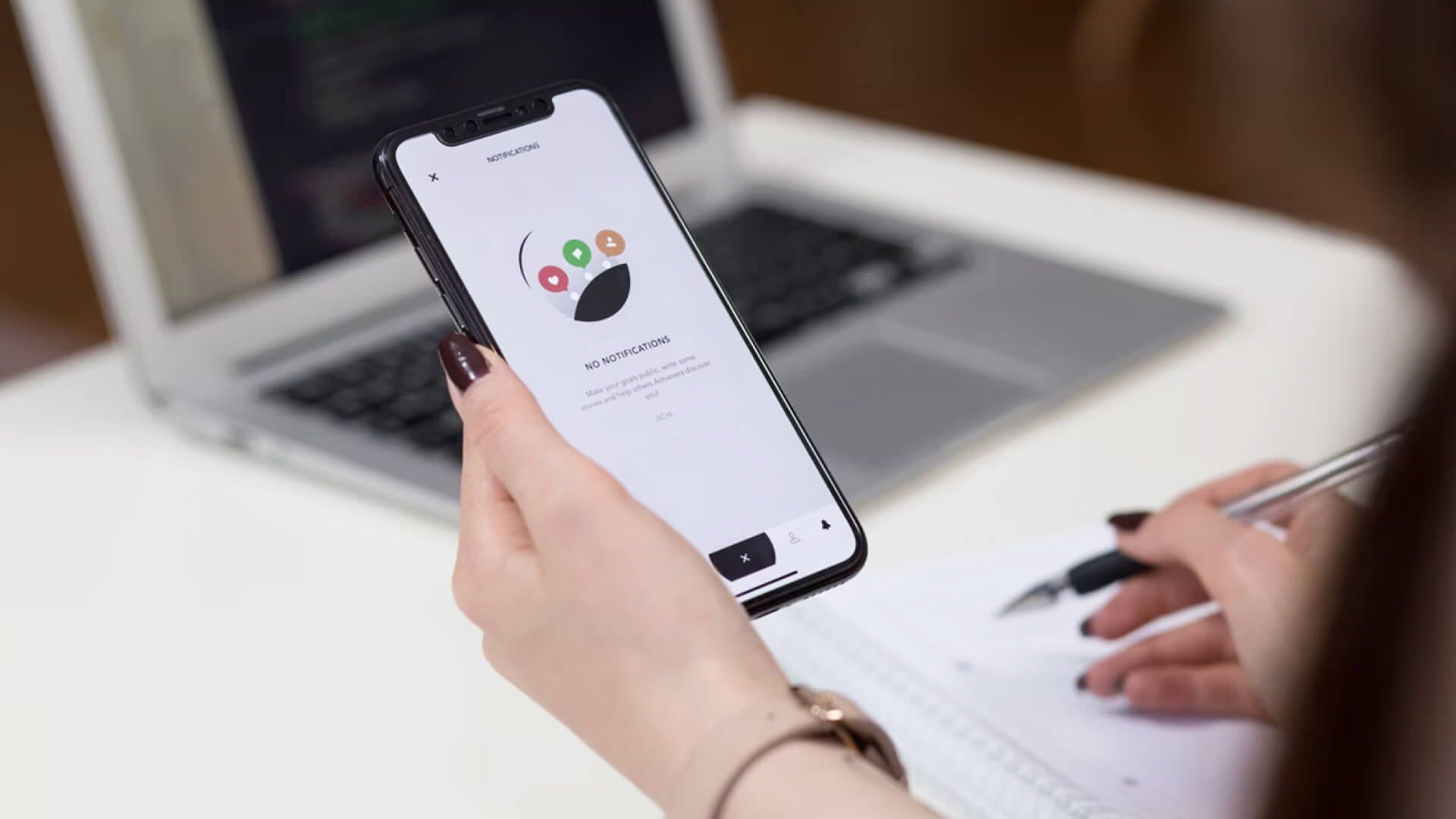15 July 2022 (updated: 15 July 2022)
How to Ensure Healthcare Data Security When Building A Telehealth App
Chapters

Data security is imperative to any healthcare app developed in 2022. Learn why and how to make it one of your app's KPIs.
Intro
It’s difficult to overstate the importance of healthcare data security. The sheer volume of information that’s shared between clinics and their software every single day is staggering. Protecting this data is paramount. As patient records and confidential details are incredibly sensitive, any telehealth app you build should put security first.
Anyone who decides to launch a healthcare app will have a number of challenges to face. Obligations laid out by HIPAA, as well as the EU’s GDPR, are designed to keep patients and their data safe. While they’re important, they can be difficult to navigate for new app creators.
In this article, we’ll be exploring healthcare cyber security. We’ll discuss why it matters, the kind of threats you’re likely to encounter, and how to build apps that respect your clients’ information.
Why is healthcare data security important?
There’s more than one way to answer this hugely important question. In a nutshell, healthcare data security is important for the following reasons:
- Compromising patient data can undermine their trust in healthcare providers and the healthcare system
- The EU and HIPAA charge hefty fines for data breaches
- Protected health information (PHI) is incredibly personal and sensitive – you have a duty of care as a software creator to do what’s right and protect this information.
- Good patient care relies on trust. If patients don’t trust their healthcare provider, they may be less honest about their symptoms, lifestyle, or other factors that could influence their treatment. This is why protecting their information is so important; it needs to be accurate for patients to be treated effectively.
Data breaches can also be terrible for a practice’s or software company’s reputation and can incur steep fines.
Types of telehealth security threats
In this section, we’ll explore the various types of telehealth cybersecurity threats an app creator may encounter along the way. The better your understanding of these potential threats, the easier it will be to program against them.
Hacker attempts – patient data storage
Most telehealth apps store a vast amount of patient data. If malicious third parties gain access to this information, it can cause immeasurable damage to the livelihoods of those affected.
This type of threat usually comes in two forms:
- Data leaks – patient information becomes public
- Ransomware attacks – malicious software that ‘traps’ patient data and only releases it after a ransom has been paid.
 Source: Unsplash
Source: Unsplash
In April of 2020, a ransomware attack affected more than 350,000 patients in Arizona and beyond. Accounting for hacking attempts is crucial when building your telehealth app.
Unsecured transmission of user data
When practising good healthcare data security, it’s important to remember that the weakest link in a chain can compromise the entire system. The same is true of your telehealth security measures.
It doesn’t matter if your central computers are encrypted if they’re sending information to devices that are vulnerable. These vulnerabilities can easily be exploited and lead to leaks and further hacker attacks.
All software in your system should be HIPAA/GDPR compliant.
Devices with outdated systems
If you’re developing an IoT app that interfaces with older medical equipment, this threat should be your top priority. Older machines don’t always come equipped with the necessary protocols to keep patient data secure.
This can leave your transmissions and other activities subject to attacks and data leaks. Malware and malicious software from third parties appears to be surging at an alarming rate.
Protecting against these vulnerabilities is crucial.
Human error
You can build the most perfect system in the world, and human fallibility can still let you down. Effective telehealth cybersecurity must take human error into account for every link in the chain. This is especially true of larger, multi-networked systems that involve a ton of devices, institutions, and people.
Testing, tweaking, and re-testing your software is the best way to go here.
When thinking about telehealth security, never forget that your software will be used by real people who can make mistakes.
Best practices to ensure healthcare cyber security
So, how do you ensure healthcare cyber security when developing your new app? Follow the best practices outlined below to do things the right way.
Conduct research to ensure legal compliance
Where in the world is your software being used? Which people, medical institutions, and companies will be sharing data with each other? Are you complying with the necessary regulations in your operational areas?
These are the questions you’ll need to answer when developing your new app. The most common rules for most companies come from HIPAA and the EU’s GDPR. Their guidelines and specific best practices are freely available online:
In most regions, the following data will be protected under law:
- Information about patient insurance
- Histories of prescriptions
- Scheduled appointments and consultations
- Details about patient demographics
- Contact information
- Medical records
- Other personal/ sensitive data.
Make sure all patient data is encrypted on all devices
The bottom line is that all patient data should be encrypted, regardless of where it’s being stored. In 2022, there’s no excuse for not encrypting your app’s critical information. With proper encryption, hacks and leaks are far less likely to occur.
Use multi-factor authentication
Multi-factor authentication (MFA) is a widespread security measure that’s very effective at protecting user accounts and associated data. Instead of simply logging in using an email address and password, a third level of security is used for added protection.
This usually comes in the form of an authenticator app or a code being sent to a user’s mobile phone. Multi-factor authentication should form a key part of your telehealth security measures.
With MFA implemented, user accounts will stay secure even if their account log-in details are leaked.
Ensure HIPAA compliance
The Health Insurance Portability and Accountability Act came into effect in 1996 and has since been the oracle for how to protect sensitive patient data in the U.S. Failing to comply with this series of regulations can mean huge fines and even jail time. Invest the time and money necessary to comply with HIPAA to the letter. Failing to do so can mean your software is fully removed from the market.
If you’re operating within the EU, you’ll also have to comply with the above-mentioned General Data Protection Regulation.
Allow for selective data access
Who actually needs to access this information? In this same vein, who can probably be left out of the equation? Selective data access is a telehealth cybersecurity measure that means only the most vital parties can access certain information at any given time.
When implemented correctly, it can mean the difference between success and failure for your software. One example of this might be a doctor accessing their patients’ medical records in order to prescribe appropriate treatments for them.
In this instance, it would be necessary to grant access to the doctor in question. Their receptionist, however, has no real reason to access these records and should be left out of the equation unless absolutely necessary.
Run thorough testing
In 2022, you simply cannot afford to forgo proper app testing. The more gaps, errors, and vulnerabilities that exist in your code, the easier it will be for your telehealth cybersecurity to falter. In general, you should focus on the following when testing your software:
- The strength of your encryption and how well it stands up to attacks
- Your user interface and how it’s received by real-world user
- Your connectivity features and how vulnerable they are to attacks
- The speed and effectiveness of your program’s features
- Any other specific factors relevant to your app’s niche.
Human error should be a top priority when running tests for your app. Even the most robust system in the world will fall apart if it’s easy for humans to make mistakes within it.
 Source: Unsplash
Source: Unsplash
For this reason, you should include real users in your testing as soon as it’s viable to do so. How do they react to the features you’ve implemented? How competently do they navigate your menus and systems? Test, test, and test again to avoid unnecessary damage later on.
Healthcare cyber security – final thoughts
We hope you’ve found the information above helpful. While developing apps that are truly secure can feel like an uphill battle, it’s vital that you stay the course and do what’s right.
Failing to treat patient data with respect isn’t just against the law; it also constitutes a moral failure. The good news is with the right support and know-how, complying with regulations like the GDPR and HIPAA are less challenging than you might think.
With time, this will all feel like second nature – we promise!





